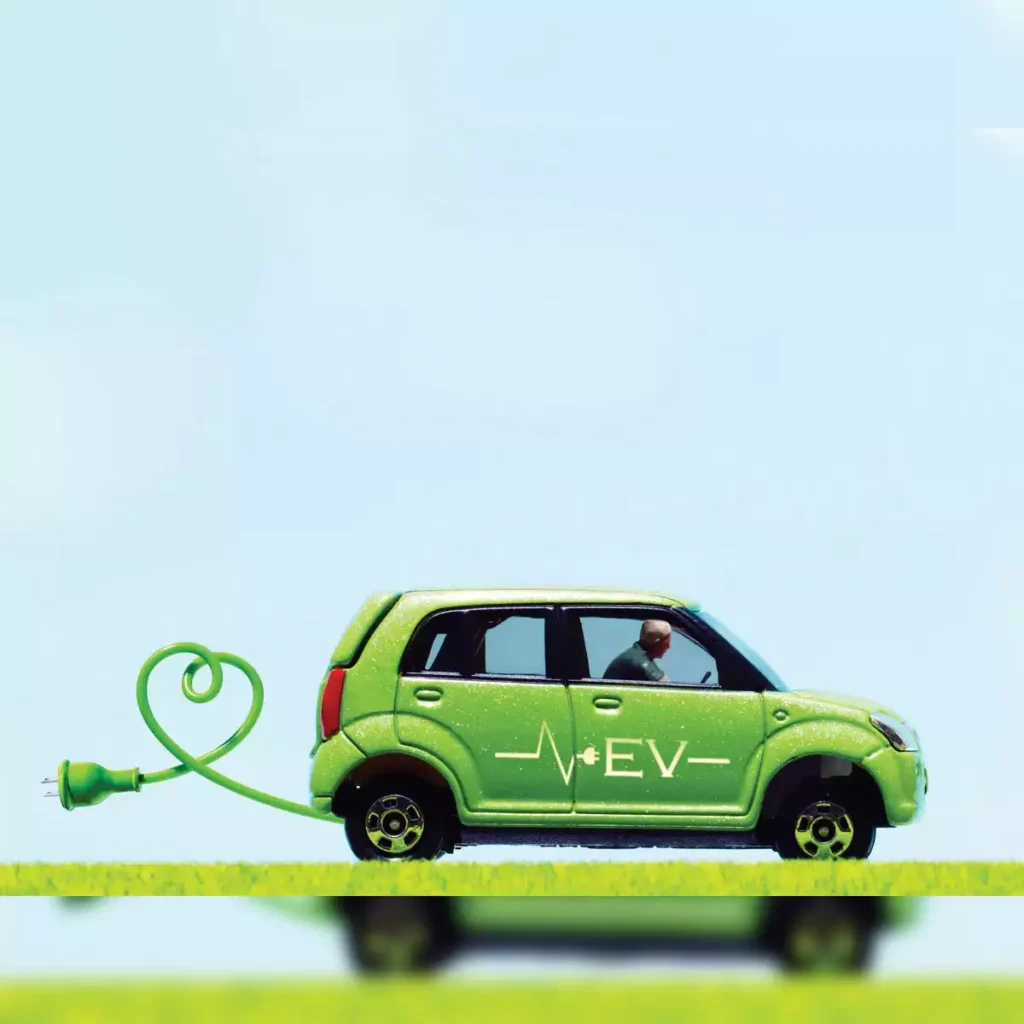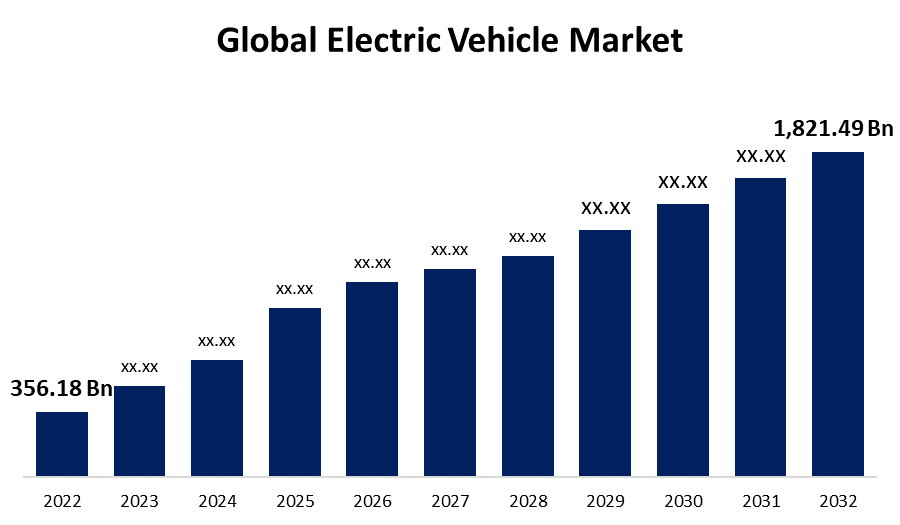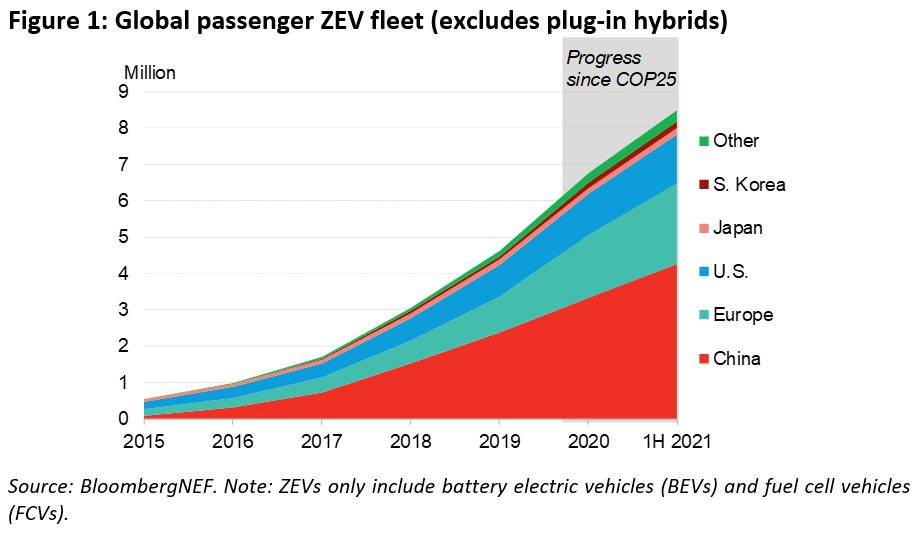Table of Contents
- Introduction
- Electric Vehicles Market Around the Globe.
- Conclusion
- Frequently Asked Questions.
Introduction:

The automotive industry is experiencing a transformative shift with the widespread adoption of electric vehicles (EVs). As concerns about climate change and air pollution grow, governments and consumers alike are turning to electric vehicles as a sustainable alternative to traditional gasoline-powered cars.
In this article, we’ll delve into the leading electric vehicle markets around the world, exploring their unique characteristics, challenges, and contributions to the electrification revolution.
Electric Vehicles Market Around the World.

1. China: Pioneering Electric Mobility
- China stands out as the world’s largest electric vehicle market, accounting for many global EV sales.
- Government incentives and subsidies have played a crucial role in driving EV adoption, encouraging consumers to make the switch.
- Leading Chinese EV manufacturers such as BYD, NIO, and Xpeng have rapidly expanded their market share, offering a diverse range of electric vehicles to meet varying consumer needs.
- The Chinese government’s ambitious targets for electric vehicles adoption and investment in charging infrastructure underscore its commitment to sustainable transportation.
2. Europe: Accelerating Towards Electrification
- Europe has emerged as a hotbed for electric vehicles innovation and adoption, with countries like Norway leading the charge in EV penetration.
- Stringent emissions regulations and carbon reduction targets have incentivized automakers to invest heavily in electric mobility solutions.
- The European Union’s Green Deal initiative aims to make the region climate-neutral by 2050, with a significant focus on transitioning to electric transportation.
- Tesla, Volkswagen, and Renault are among the key players driving EV sales in Europe, with a growing emphasis on electric SUVs and compact cars to cater to consumer preferences.
3. United States: Navigating the Path to Electrification
- While the United States has been slower to embrace electric vehicles compared to China and Europe, there is a growing momentum towards electrification.
- Tesla’s success has been instrumental in popularizing electric cars in the U.S., with models like the Model S and Model 3 capturing consumer attention and driving demand.
- Government incentives, such as federal tax credits and state-level rebates, have encouraged EV adoption, although inconsistency in policies across states remains a challenge.
- Traditional automakers like Ford and General Motors are ramping up their electric vehicle offerings, with plans to invest billions in EV development and manufacturing facilities.
4. India: Navigating Challenges on the Road to Electrification
- India presents immense potential for electric vehicle growth, given its large population and rising urbanization levels.
- Government initiatives like the Faster Adoption and Manufacturing of Electric Vehicles (FAME) scheme aim to incentivize EV adoption through subsidies and infrastructure development.
- Challenges such as inadequate charging infrastructure, high upfront costs, and range anxiety pose significant barriers to widespread EV adoption in India.
- Domestic automakers like Tata Motors and Mahindra & Mahindra are leading the charge in the Indian EV market, with innovative electric vehicle offerings tailored to local needs.
5. Norway: Setting the Standard for EV Adoption
- Norway leads the world in electric vehicle adoption, with EVs accounting for over half of all new car sales.
- Government incentives such as tax exemptions, toll discounts, and free parking have made electric cars highly attractive to Norwegian consumers.
- A well-developed charging infrastructure, including a vast network of fast chargers, has alleviated range anxiety and facilitated long-distance travel for EV owners.
- Norway’s ambitious goal to phase out sales of new petrol and diesel cars by 2025 underscores its commitment to sustainable mobility.
6. Japan: Driving Innovation in Electric Mobility
- Japan boasts a long history of automotive innovation, and electric vehicles are no exception.
- Japanese automakers like Nissan and Toyota have been at the forefront of EV development, with models like the Nissan Leaf and Toyota Prius Prime gaining popularity both domestically and internationally.
- The Japanese government has introduced subsidies and tax incentives to promote EV adoption, as well as initiatives to expand charging infrastructure in urban centers.
- Collaborations between automakers, battery manufacturers, and technology firms have accelerated the pace of innovation in electric mobility solutions.
7. South Korea: Embracing Electric Future
- South Korea has emerged as a key player in the global electric vehicle market, driven by a combination of government support and technological prowess.
- Hyundai and Kia, two of South Korea’s largest automakers, have made significant investments in electric vehicle technology, with models like the Hyundai Kona Electric and Kia Soul EV gaining traction worldwide.
- Government subsidies, tax breaks, and investment in charging infrastructure have fuelled EV adoption in South Korea, particularly in urban areas like Seoul.
- The South Korean government’s long-term vision includes phasing out internal combustion engine vehicles and promoting the widespread use of electric and hydrogen-powered vehicles.
8. Germany: Leading the European Charge
- Germany, home to automotive giants like Volkswagen, BMW, and Mercedes-Benz, plays a pivotal role in shaping the future of electric mobility in Europe.
- The German government has announced ambitious targets to reduce carbon emissions and promote electric vehicle adoption, including subsidies for EV buyers and investment in charging infrastructure.
- Automakers are investing heavily in electric vehicle production, with plans to launch an array of electric models across various segments, from luxury sedans to compact hatchbacks.
- Germany’s renowned engineering expertise and manufacturing capabilities position it as a key player in the global transition to electric transportation.
9. United Kingdom: Driving Towards Zero-Emission Future
- The United Kingdom has set ambitious targets to ban the sale of new petrol and diesel cars by 2030, accelerating the transition to electric vehicles.
- Government incentives such as grants for electric vehicle purchases, zero road tax for EVs, and funding for charging infrastructure have stimulated demand for electric cars.
- British automakers like Jaguar Land Rover and Nissan are investing in electric vehicle production, with models like the Jaguar I-PACE and Nissan LEAF gaining popularity among consumers.
- The UK government’s commitment to clean transportation aligns with its broader climate goals and efforts to reduce air pollution in urban areas.
10. Canada: Accelerating Electric Mobility Across Provinces
- Canada has made significant strides in promoting electric vehicle adoption, driven by a combination of federal and provincial incentives.
- Federal rebates for electric vehicle purchases, along with provincial initiatives such as zero-emission vehicle mandates and funding for charging infrastructure, have spurred EV uptake.
- Canadian automakers like Tesla, Chevrolet, and Nissan offer a variety of electric models catering to different consumer preferences and needs.
- Collaboration between government, industry stakeholders, and electric utilities is key to advancing Canada’s electric mobility agenda and reducing greenhouse gas emissions from the transportation sector.
11. Australia: Overcoming Challenges to Electrification
- Australia presents unique challenges to electric vehicle adoption, including vast distances, sparse charging infrastructure, and a lack of consistent government support.
- Despite these challenges, there is a growing interest in electric vehicles among Australian consumers, driven by concerns about climate change and rising fuel prices.
- Initiatives such as grants for electric vehicle purchases, investment in fast-charging networks, and tax incentives for EV owners are being implemented to overcome barriers to adoption.
- Australian automakers like Tesla, Hyundai, and Nissan are expanding their electric vehicle offerings, with models like the Tesla Model 3 and Hyundai Kona Electric gaining popularity in the market.
12. Brazil: Emerging Market for Electric Mobility
- Brazil is gradually embracing electric mobility, driven by environmental concerns, urban congestion, and a desire to reduce dependence on fossil fuels.
- Government incentives such as tax breaks for electric vehicle manufacturers and importers, as well as exemptions from certain taxes and fees for EV buyers, are encouraging investment in the sector.
- Brazilian automakers like Volkswagen and Renault are introducing electric models to cater to domestic demand and capitalize on the growing global interest in electric vehicles.
- The expansion of charging infrastructure, along with public awareness campaigns and education initiatives, is essential to accelerating electric vehicle adoption in Brazil.
Conclusion:

The global shift towards electric vehicles represents a monumental step towards sustainable transportation and mitigating the impacts of climate change. Across diverse regions and markets, governments, industries, and consumers are increasingly recognizing the importance of electrification in reducing greenhouse gas emissions, improving air quality, and enhancing energy security. As we reflect on the leading electric vehicle markets around the world, it becomes evident that collaboration, innovation, and concerted efforts are essential for accelerating the transition to electric mobility.
Collaboration: Collaboration between governments, industries, and stakeholders is crucial for overcoming barriers to electric vehicle adoption, such as infrastructure limitations, policy inconsistencies, and technological challenges. By working together, we can leverage collective expertise and resources to drive innovation, expand charging infrastructure, and create supportive regulatory frameworks that foster sustainable transportation solutions.
Innovation: Innovation in electric vehicle technology, battery efficiency, and charging infrastructure is key to unlocking the full potential of electric mobility. Continued research and development efforts are essential for enhancing the performance, affordability, and accessibility of electric vehicles, making them a viable option for consumers worldwide. From advancements in battery technology to the integration of renewable energy sources, innovation holds the key to shaping the future of transportation.
Education and Awareness: Education and awareness initiatives play a crucial role in fostering consumer confidence and acceptance of electric vehicles. By raising awareness about the environmental benefits, cost savings, and driving experience of electric cars, we can empower consumers to make informed choices and embrace sustainable transportation options. Public outreach campaigns, educational programs, and firsthand experiences with electric vehicles are effective tools for dispelling myths, addressing misconceptions, and promoting the adoption of electric mobility.
Long-term Vision: A long-term vision and commitment to sustainability are essential for achieving widespread electrification of the transportation sector. Governments, industries, and policymakers must prioritize investments in clean energy infrastructure, renewable energy sources, and sustainable transportation solutions to create a more resilient, low-carbon future. By setting ambitious targets, implementing supportive policies, and fostering a culture of innovation, we can accelerate the transition to electric vehicles and pave the way for a greener, more sustainable automotive industry.
In conclusion, the journey towards electrification is not without its challenges, but the collective efforts of global stakeholders are driving positive change and shaping a more sustainable future for generations to come. By harnessing the power of collaboration, innovation, education, and long-term vision, we can build a world where electric vehicles are the norm, not the exception, and where clean, efficient transportation is accessible to all.
Frequently Asked Questions:
As of 2024, China continues to dominate the electric vehicle market, followed closely by the United States, Europe (particularly Norway, Germany, and the Netherlands), Japan, and South Korea. These countries have robust infrastructures, supportive policies, and a high demand for electric vehicles, driving their prominence in the market.
Several factors contribute to the growth of electric vehicle markets, including government incentives such as subsidies, tax breaks, and investment in charging infrastructure. Additionally, advancements in battery technology, increased environmental awareness, stricter emissions regulations, and consumer demand for sustainable transportation options play pivotal roles in the expansion of these markets.
While electric vehicle sales continue to grow steadily, they still represent a smaller portion of total vehicle sales compared to traditional ICE vehicles. However, the gap is narrowing as electric vehicle technology improves, battery costs decline, and consumer preferences shift towards environmentally friendly alternatives. In many markets, governments are setting targets to phase out the production and sale of new ICE vehicles in favor of electric ones.
Despite significant progress, electric vehicle markets face several challenges, including range anxiety, limited charging infrastructure in certain regions, high initial costs of electric vehicles compared to traditional vehicles, and concerns about the environmental impact of battery production and disposal. Additionally, fluctuations in government policies and subsidies can impact market stability and growth.
The rapid expansion of electric vehicle markets is reshaping the automotive industry, prompting traditional automakers to invest heavily in electric vehicle development and production. This shift towards electrification is driving innovation, fostering collaborations between automotive manufacturers and technology companies, and spurring the emergence of new business models such as electric vehicle charging networks and battery recycling services. Ultimately, these trends are transforming the way people commute and reducing the environmental footprint of transportation globally.

